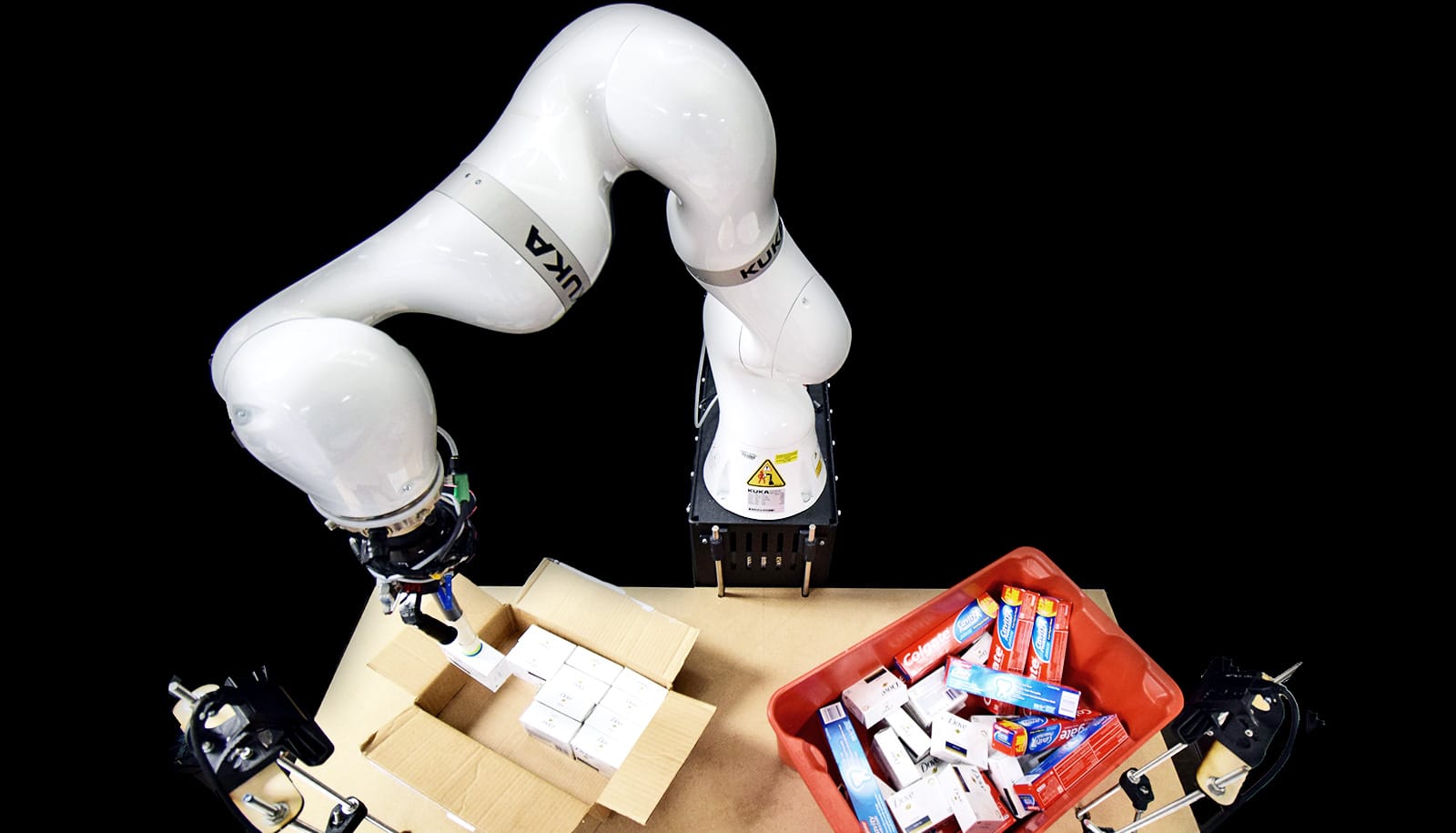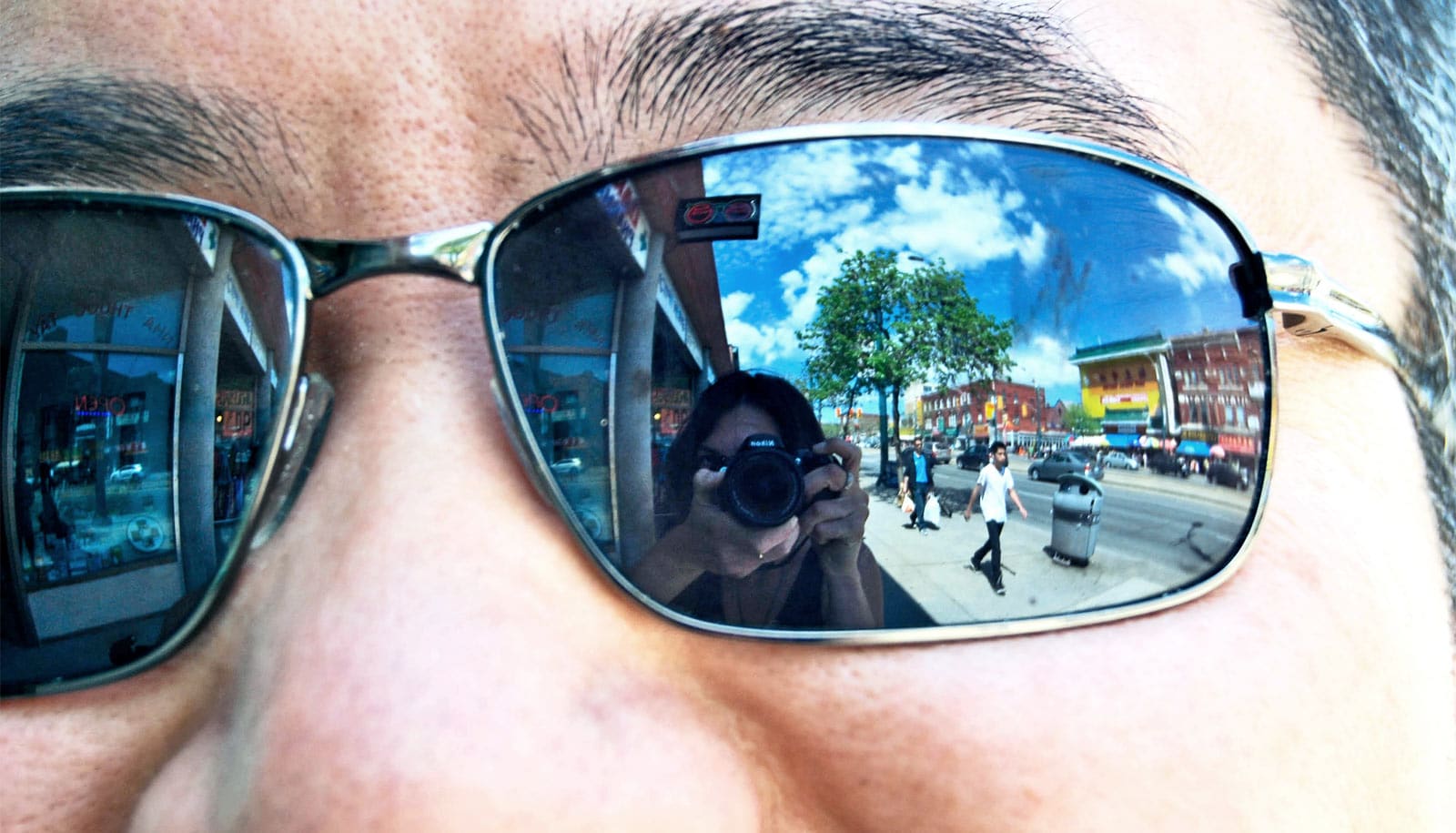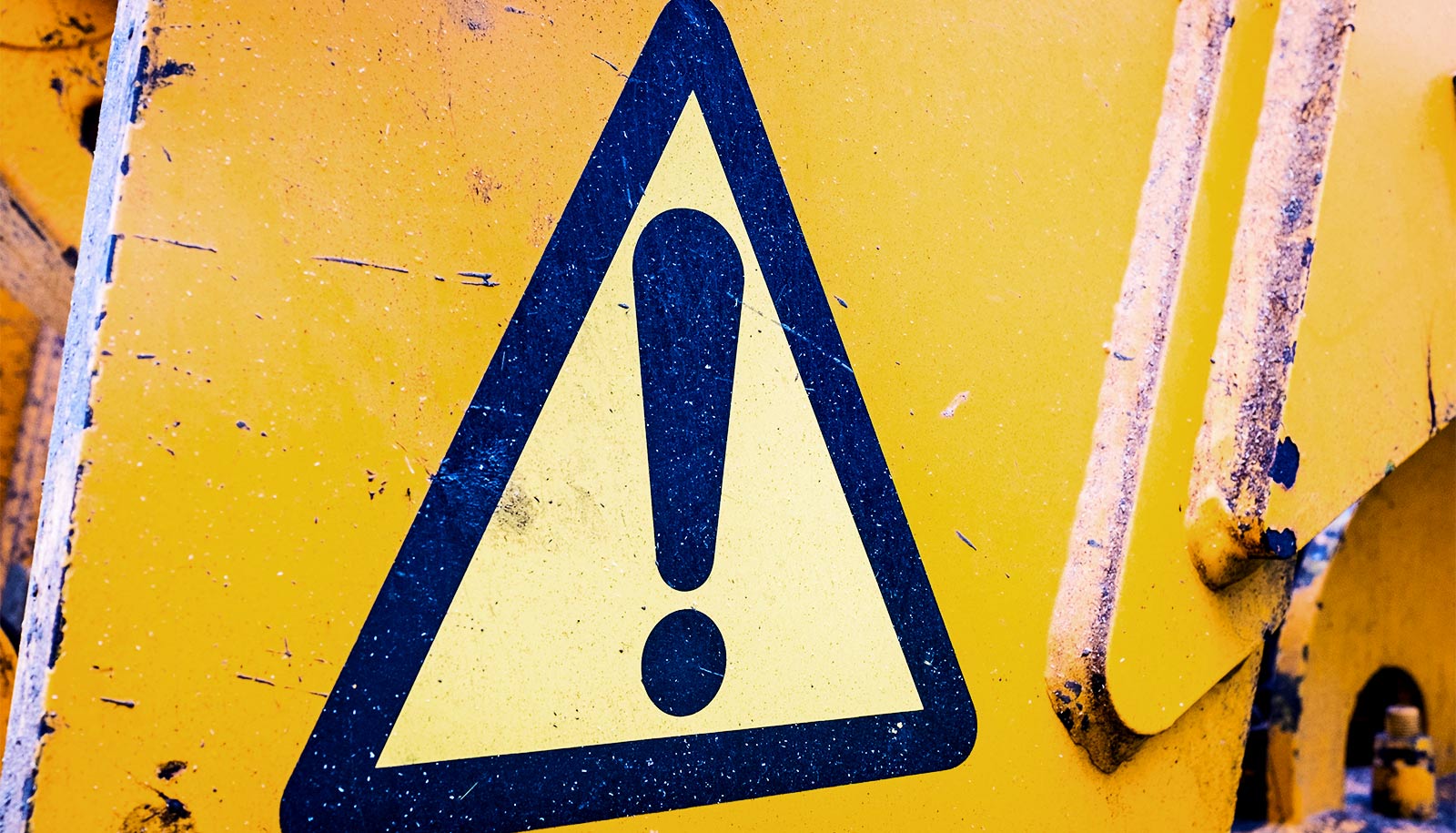Using artificial intelligence to control a robotic arm provides a more efficient way to pack boxes.
“We can achieve low-cost, automated solutions that are easily deployable. The key is to make minimal but effective hardware choices and focus on robust algorithms and software,” says the study’s senior author Kostas Bekris, an associate professor in the computer science department at Rutgers University-New Brunswick.
Bekris, Abdeslam Boularias, and Jingjin Yu, both assistant professors of computer science, formed a team to deal with multiple aspects of the robot packing problem in an integrated way through hardware, 3D perception, and robust motion.
The study coincides with the growing trend of deploying robots to perform logistics, retail, and warehouse tasks. Advances in robotics are accelerating at an unprecedented pace due to machine learning algorithms that allow for continuous experiments.
Tightly packing products picked from an unorganized pile remains largely a manual task, even though it is critical to warehouse efficiency. Automating such tasks would save companies time and money.
The study focused on placing objects from a bin into a small shipping box and tightly arranging them. This is a more difficult task for a robot compared with just picking up an object and dropping it into a box.
The researchers developed software and algorithms for their robotic arm. They used visual data and a simple suction cup, which doubles as a finger for pushing objects. The resulting system can topple objects to get a desirable surface for grabbing them. Furthermore, it uses sensor data to pull objects toward a targeted area and push objects together. During these operations, it uses real-time monitoring to detect and avoid potential failures.
Since the study focused on packing cube-shaped objects, a next step would be to explore packing objects of different shapes and sizes. Another step would be to explore automatic learning by the robotic system after it’s given a specific task.
The researchers presented the study at the IEEE International Conference on Robotics and Automation. Support for the work came from research contracts and grants from JD.com’s Silicon Valley research center and the National Science Foundation.
Source: Rutgers University



